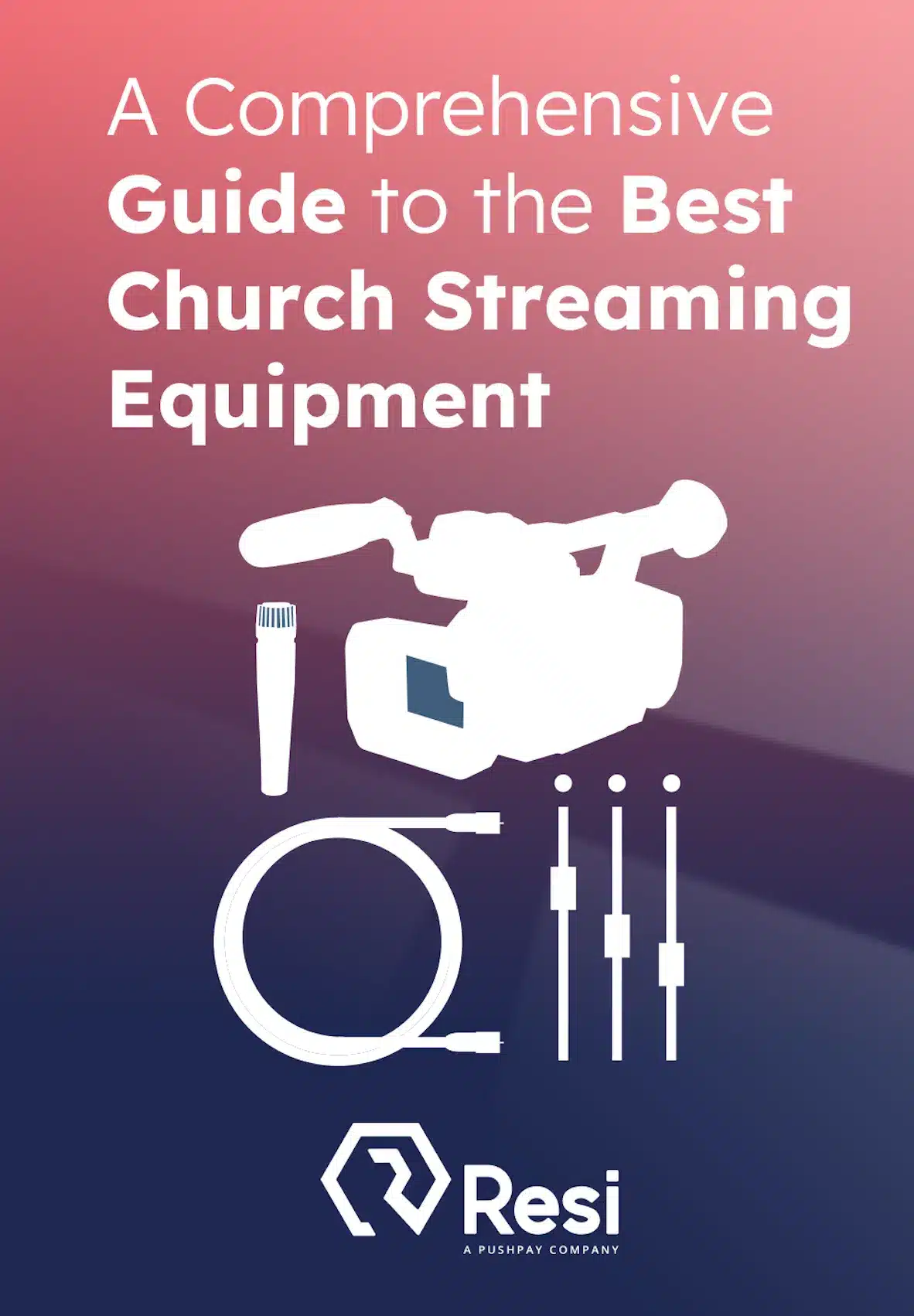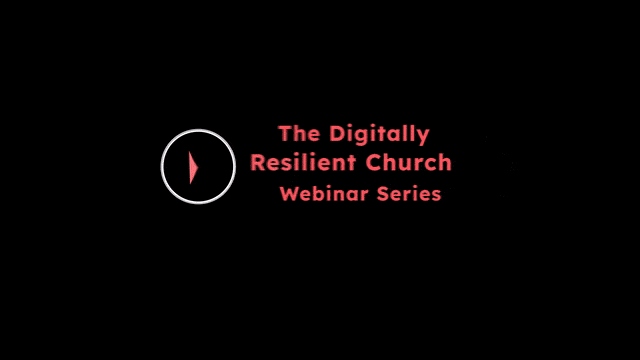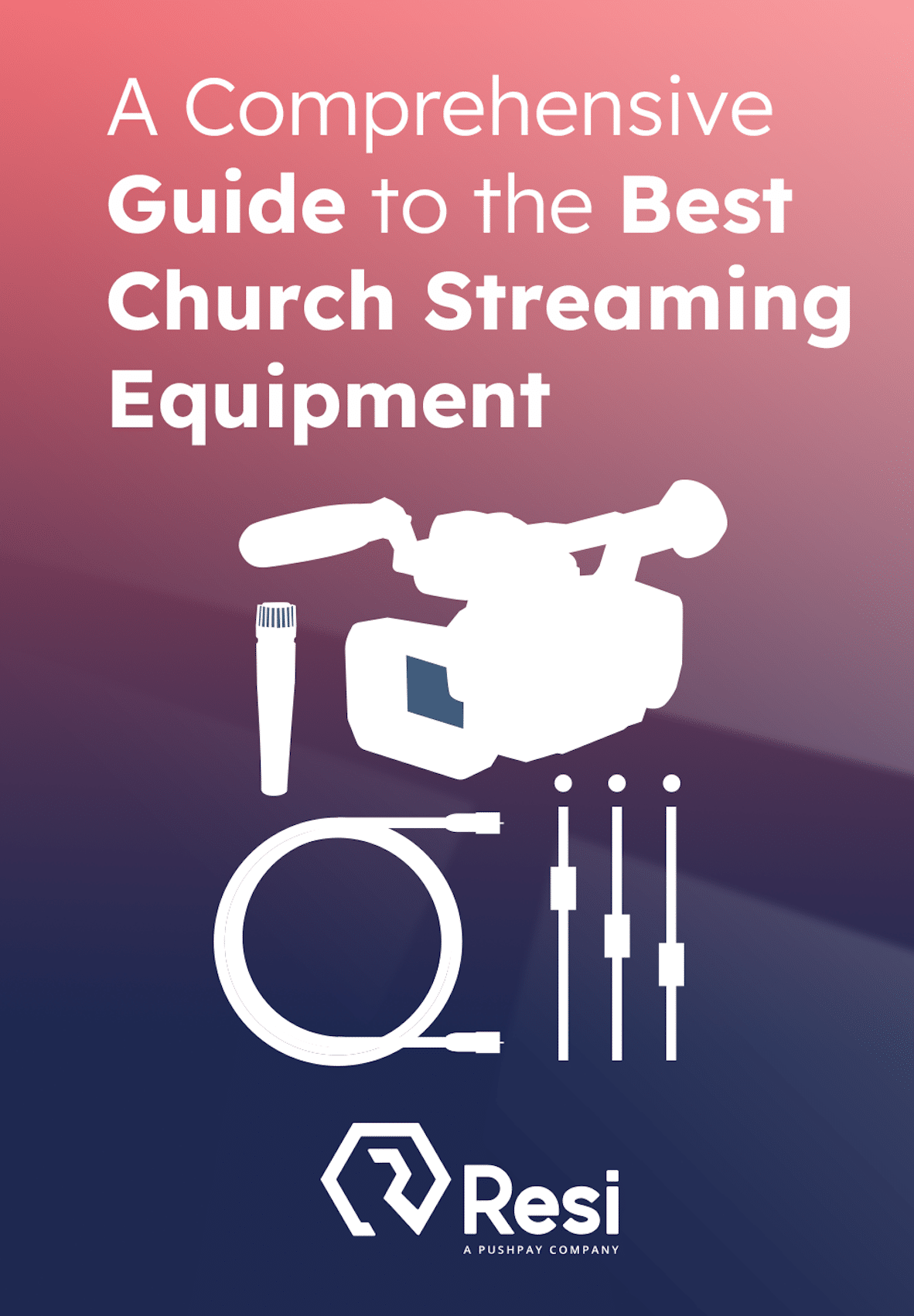
We are missionaries in a time when people’s engagement with the church is changing. Many people we’ve invited to church hear phrases like “spiritual journey” or “walking with God”, but have no idea what that means. Too often, we assume people know how to grow spiritually. Without clear guidance, many wonder, “Am I doing this right?”
As church leaders, it’s our responsibility to provide clarity. Defining engagement is essential for individuals and our ministries. Without it, people aren’t sure how to take their next step in faith, and as leaders, we aren’t sure how to measure progress or determine where to focus resources.
A clear definition of engagement provides direction—it shows people what spiritual growth looks like and helps the church move forward with purpose.
Defining engagement is even more crucial in today’s hybrid world, where digital and physical experiences are critical elements of church life. A ministry model integrating digital and physical components allows people to connect with the church in multiple ways. When we define engagement in a way that works seamlessly across both spaces, we unlock the potential for greater participation, creating a ministry that meets people wherever they are.
Best Livestreaming Equipment
Discover what top-rated equipment we recommend adding to your church streaming toolkit.
Download for free!
Micromanagement: The Great Trap
Churches often get caught in the trap of micromanaging how people engage. We focus too much on whether they participate the “right” way instead of focusing on the bigger picture: “How much” are they engaging?
Questions like, “Are they attending in person or watching online?” or “Which Bible version are they using?” can sometimes be helpful. Still, they often pull focus away from what matters—helping people connect meaningfully with their faith.
Whether someone is sitting in the pews or tuning in from home, the goal is the same: to encourage deep spiritual engagement.
I’ve always loved the response to the question, “Which Bible version is best?”—“The one you actually read.” It captures the heart of what we should be about maximizing participation, not getting bogged down in the details.
Consider this: Someone might attend church in person every Sunday, but if that’s the extent of their engagement, how connected are they? Meanwhile, another person might be watching services online, in a small group, giving through a church app, and serving remotely. Who’s more engaged?
It’s clear that maximizing participation—whether physical or digital—is far more critical than micromanaging how it happens.
Our focus should be less on controlling the method and more on creating opportunities for people to engage with the church and their spiritual growth.
—
Defining Engagement for a Hybrid Church
To build a thriving ministry that works across physical and digital spaces, we need to clearly define engagement. It’s not about having two separate models—one for in-person and one for online. Instead, it’s about creating a unified approach where people can move fluidly between physical and digital experiences based on their needs and preferences.
We developed and communicated the “Seven Proven Practices” as what engaging in your spiritual journey at Crossroads means. These practices—Receive Teaching Weekly, Connect with God Daily, Serve Others, Live Generously, Join Community, Get Baptized, and Share Your Story—is the format we use to guide our community. Let’s explore how each practice can work seamlessly across both realms:
Here is how we talk about them:
Receive Teaching Weekly
Watching a message as a community is a concept practiced since the beginning of the church in Antioch. That’s 42 AD, bruh. It brings power through a shared experience, a common ground for discussion, and a path toward growth.
Connect with God Daily
Communication is critical for any relationship to grow. A relationship with God is no different. This is your opportunity to discover the best way to make a meaningful connection. And, there’s no right or wrong way to get started.
Serve Others
We’ve found that when you focus on helping others, you can discover surprising things about yourself. Serving others makes this big church feel smaller. It can be surprisingly fun, a gateway to new friends and an opportunity to encounter God.
Live Generously
We believe that generosity makes ordinary lives extraordinary. We understand that jumping into a tithe (10% of your income) is super intimidating, but we encourage everyone to start somewhere to see how God uses giving and to feel its impact.
Join Community
The people you surround yourself with have a direct impact on the quality of your life. And there’s no one-size-fits-all approach to assembling your team or engaging with your community. What matters most is that you have people.
Get Baptized
This is HUGE! This is you saying yes to God’s invitation. Being baptized shows others that you’ve decided to follow Jesus, and allows them to celebrate this decision with you (Acts 16:31-34).
Share Your Story
Sharing stories is a powerful way to build community and learn from one another. Sharing the story of what God is doing in our lives, whether on a grand scale or in the smallest details, takes that to a whole new level because God commands us to do it because it has real power (see Revelation 12:11).
We are agnostic whether you receive weekly teaching in our buildings or on YouTube. If you don’t already have a habit of connecting with God through scripture and prayer, we will unapologetically try to get you hooked on our app. Your community can meet around a dinner table, a Zoom call, or a group text thread—what we care most about is that you have your people, and together, you are growing toward God.
You get the idea. These practices allow people to engage in ways that work best for them. The key is to ensure that no matter how or where they participate, they are meaningfully involved in their spiritual growth and the church’s life.
How can you start to create a hybrid engagement model?
The first step is defining what engagement looks like in your church.
What essential practices do you want people to embrace as they grow spiritually? Once you define these practices, think about how each can be expressed digitally and physically.
It is vital to create a ministry where people can engage in ways that fit their life circumstances. Some will find in-person experiences more enriching, while others may connect better through digital platforms. The goal isn’t to dictate how they engage, but to provide flexible pathways that help them grow.
This is where a clear definition of engagement becomes crucial. By focusing on these seven core practices that lead to spiritual maturity, you allow people to engage in ways that suit them while guiding them toward deeper involvement with the church and their relationship with God.
Maximize Engagement for Greater Kingdom Impact
When engagement is defined well, it creates clarity for everyone—the congregation and the leadership team. People know what steps to take to grow spiritually, and church leaders can better measure success and allocate resources effectively.
A cohesive model integrating physical and digital engagement maximizes opportunities for people to be involved in the church. It doesn’t limit participation to one space or another, but expands it, ensuring your ministry reaches more people and impacts their spiritual lives in meaningful ways.
At its heart, defining engagement is about creating clear, flexible paths for people to follow as they grow in their faith. Focusing on maximizing engagement rather than micromanaging, it opens the door to deeper spiritual growth and a broader impact on the Kingdom. The result is a thriving, holistic ministry that reaches people wherever they are and guides them closer to God.







